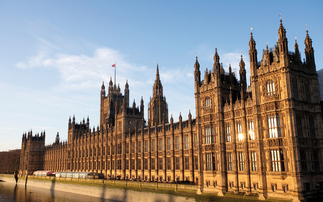While policymakers are keen to manage expectations in terms of austerity measures, they recognise the advantage of keeping debt interest costs below the nominal rate of economic growth, which means suppressing interest rates for longer than anticipated.
This, together with a credible implementation plan, explains why UK policy is working at the moment, whereas this is not the case in some other highly indebted countries. However, as the BoE is unlikely to embark on further QE with inflation persistently above target, the UK could be the first developed economy to raise rates later this year. Although short rates will remain low, we expect long-term interest rates to rise and yield curves to steepen. 10-year yields would normally reflect nominal GDP and, while this is unlikely to happen until the debt deleveraging process ends, it is ...
To continue reading this article...
Join Investment Week for free
- Unlimited access to real-time news, analysis and opinion from the investment industry, including the Sustainable Hub covering fund news from the ESG space
- Get ahead of regulatory and technological changes affecting fund management
- Important and breaking news stories selected by the editors delivered straight to your inbox each day
- Weekly members-only newsletter with exclusive opinion pieces from leading industry experts
- Be the first to hear about our extensive events schedule and awards programmes








